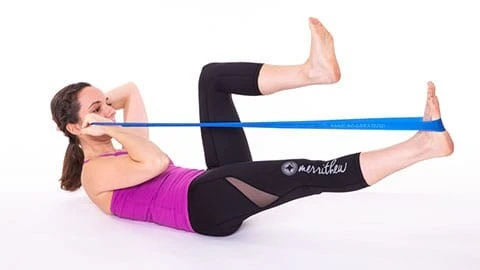Belly fat workout
When it comes to reducing belly fat, it’s important to focus on overall weight loss and body fat reduction through a combination of regular exercise, a healthy diet, and lifestyle changes. Here is a sample workout routine that can help in your efforts to reduce belly fat:
1. Cardiovascular Exercise: Engaging in cardio exercises helps burn calories and promote fat loss. Include at least 30 minutes of moderate-intensity aerobic exercises such as brisk walking, jogging, cycling, swimming, or dancing into your routine. Aim for at least 150 minutes of cardio exercise per week.
2. High-Intensity Interval Training (HIIT): HIIT workouts involve short bursts of intense exercise followed by periods of active recovery. This type of training can be effective for burning calories and promoting fat loss. You can incorporate exercises like burpees, mountain climbers, high knees, or jumping jacks into a HIIT routine. Perform each exercise at maximum intensity for 20-30 seconds, followed by 10-20 seconds of rest. Repeat the circuit for 10-15 minutes.
3. Strength Training: Including strength training exercises in your routine helps build muscle, increase metabolism, and promote fat loss. Focus on full-body exercises that target multiple muscle groups. Examples include squats, lunges, push-ups, rows, planks, and overhead presses. Perform 2-3 sets of 10-15 repetitions for each exercise, using challenging weights or resistance bands.
4. Core Exercises: While spot reduction is not possible, strengthening your core muscles can help improve their appearance and overall stability. Incorporate exercises like planks, Russian twists, bicycle crunches, and leg raises to target your abdominal muscles. Perform 2-3 sets of 10-15 repetitions for each exercise.
5. Flexibility and Stretching: Include stretching exercises and activities like yoga or Pilates to improve flexibility, posture, and overall well-being. These exercises can help elongate muscles and improve mobility.
Remember, exercise alone cannot specifically target belly fat. It should be combined with a balanced, calorie-controlled diet that focuses on whole, unprocessed foods. Additionally, maintaining a healthy lifestyle, including adequate sleep, stress management, and hydration, is crucial for overall weight loss and fat reduction.
Consulting with a healthcare professional or a certified fitness trainer can provide personalized guidance and ensure that the workout routine is appropriate for your fitness level and any specific health considerations you may have.

